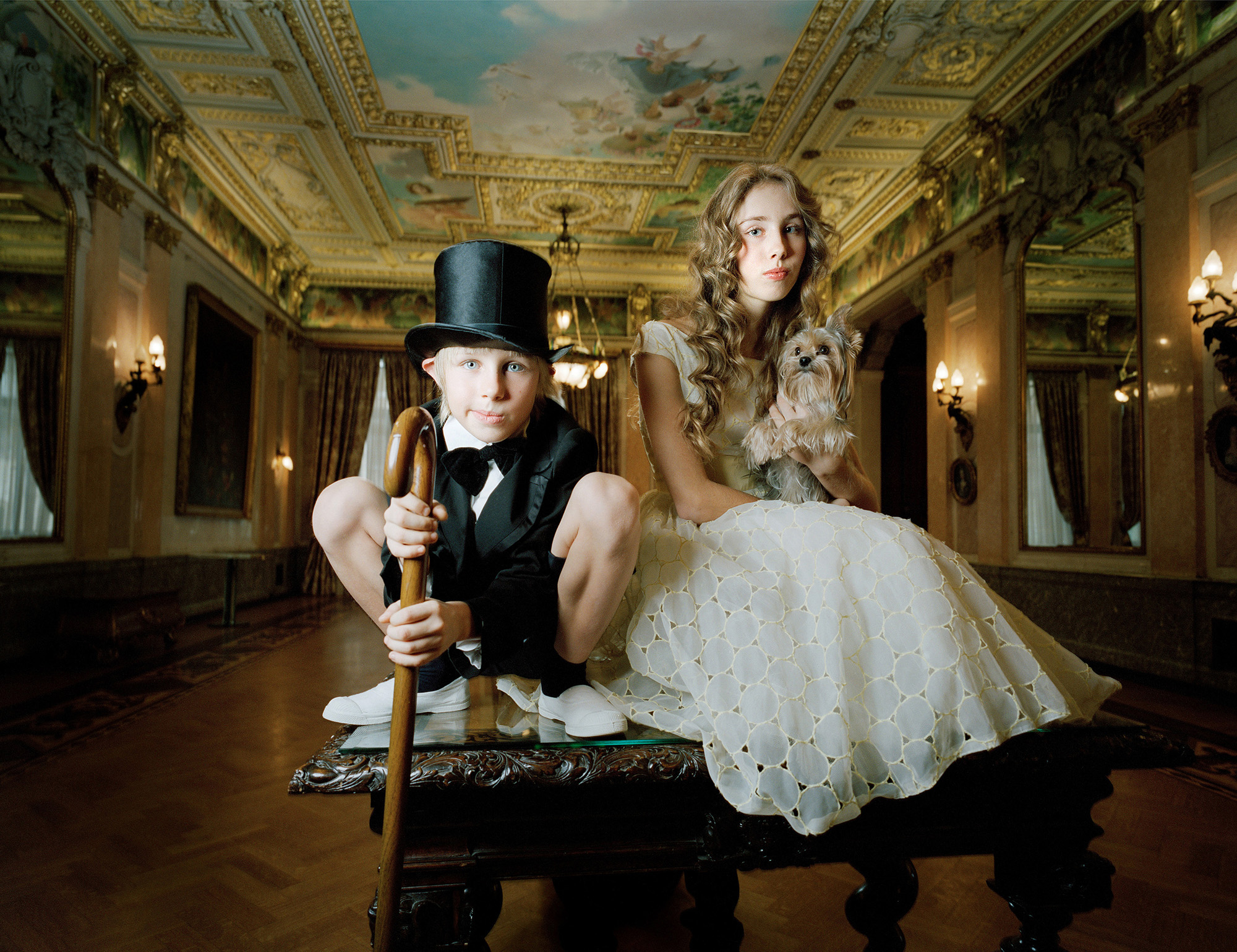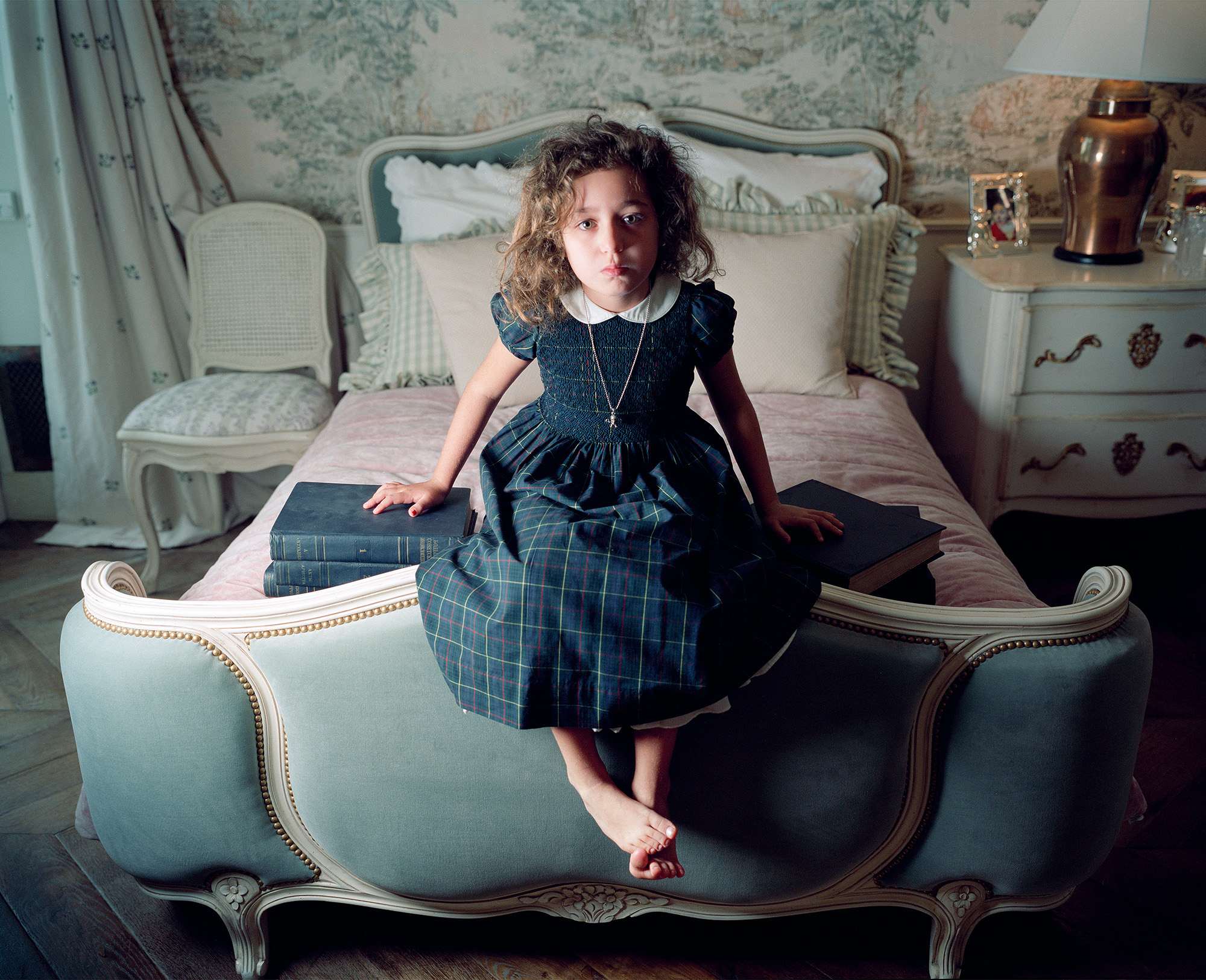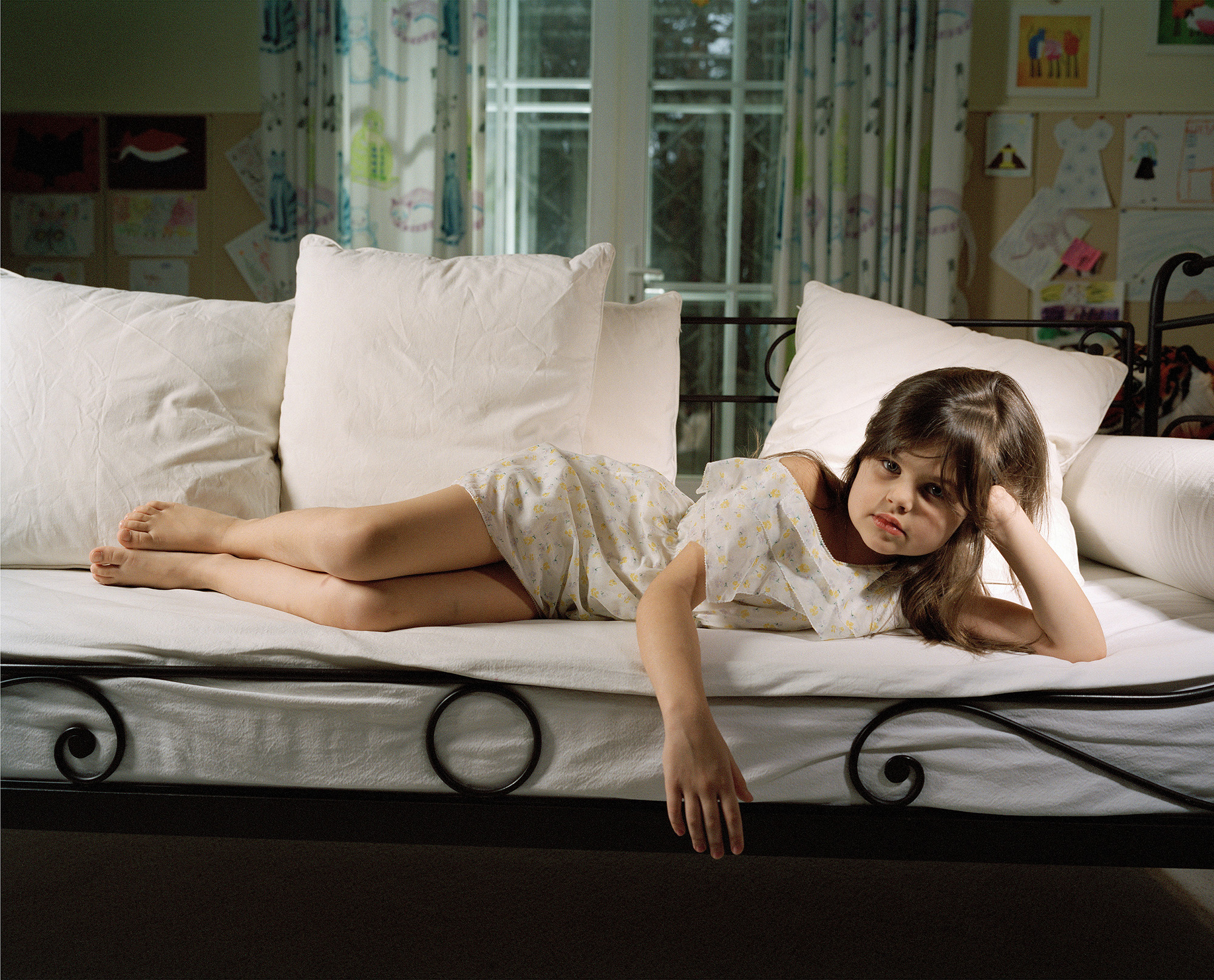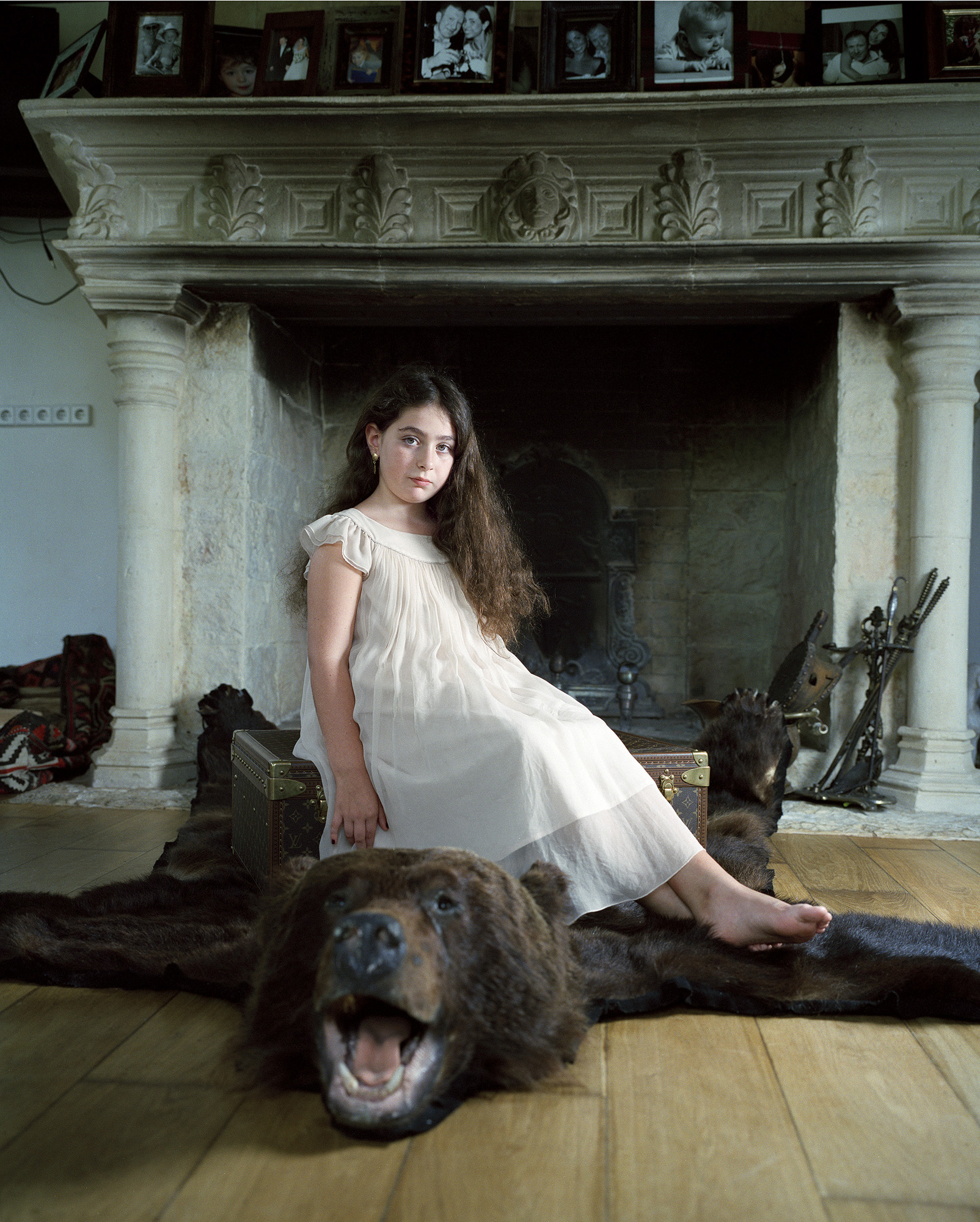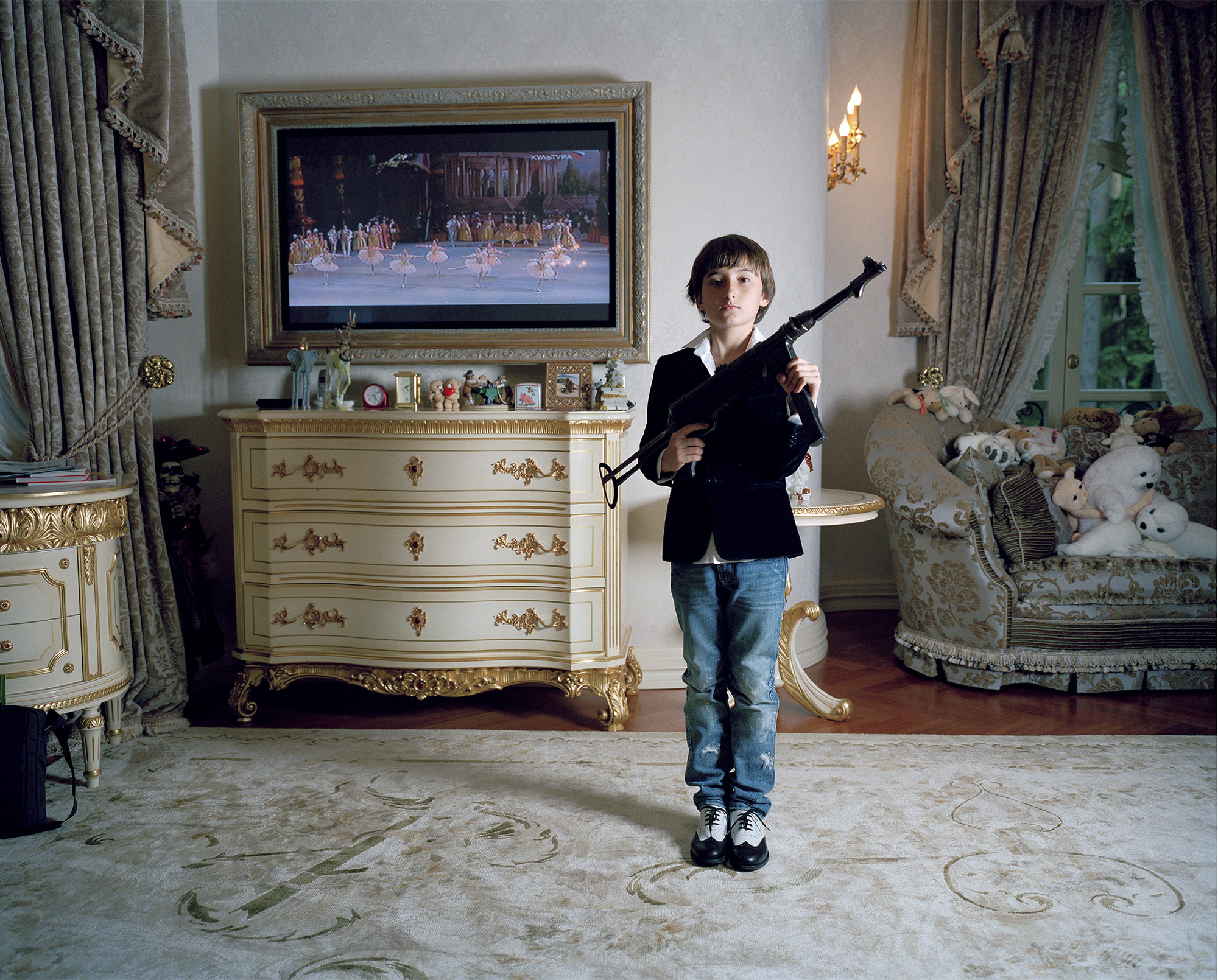Little Adults
PORTRAITS FROM THE NEW RUSSIA - BILL KOUWENHOVEN
When he visited the new United States in 1831–1832 to study the fledgling country and a moment of economic and territorial expansion, the future marquis Alexis de Tocqueville returned to Paris and produced his epic Democracy in America. In this famous work, de Tocqueville noted a tendency in America towards a disequilibrium of wealth as great fortunes were made which reached its apogee 50 years later in what became known as the Gilded Age. More presciently, he also predicted the rise of then Tsarist Russia as a future rival on the world stage to the United States. Both countries were experiencing radical changes in social structure, economic power, and territorial expansion.
In America, the new wealth came from fortunes made in steel, railroads, mining, oil, and banking. These new fortunes of the so-called Robber Barons, or Captains of Industry and Titans of Finance, the Mellons, Carnegies, Rockefellers, Gettys, Crockers, Stanfords, and some others also led to a blossoming of patronage of the arts the likes of which had never been seen before in America. Art museums, libraries, and orchestras were founded in all the big cities but especially in New York, Boston, and Philadelphia as well as San Francisco. The finest painters of the day, James McNeill Whistler and John Singer Sargent, became the court painters of the new rich and produced exquisite, and occasionally controversial, portraits of the new rich and their families. As with traditional court painting, these Gilded Age portraits sought both to legitimate the status of their subjects and also to present their personalities, hopes and dreams in the strongest possible fashion.
In the Russia of the 1880s up to 1917, in the nobility and the new rich, court painters also existed. Portraitists, of whom Valentin Serov is by far the best known, performed a similar role in Russian high-society in the period just before the First World War and the October Revolution. They painted the families, women and children, of the nobility in a highly personal style that included influences of classic French court paintings with post-Impressionist and Art Nouveau.
Serov’s portraits of M. Ya. Simonovich, V. S. Mamontova, Mika Morozov, Henriette Girshman, and Grand Princess, Olga Alexandrovna, all from 1887 to 1905, set the precedent for the work of the young photographer, Anna Skladmann, born in Bremen, Germany, of Russian parents, in 1986. However, we are getting ahead of ourselves.
Although the Revolution did not stop artistic production, it did put an end to both the nobility and many of the Tsarist-era painters while channeling painters and other artists into areas that more directly served the interests of the state. In America, of course, the story was different, and although photography was widespread in the then Soviet Union, portraiture did not evolve as it did in the United States...
Continue Reading - Download PDF


